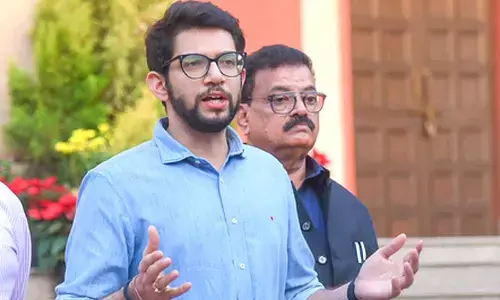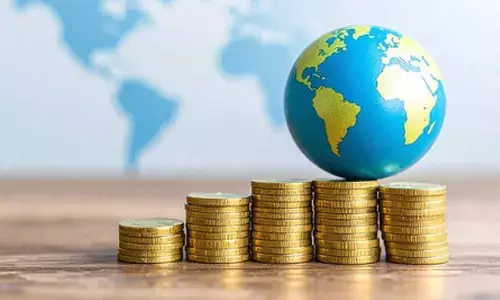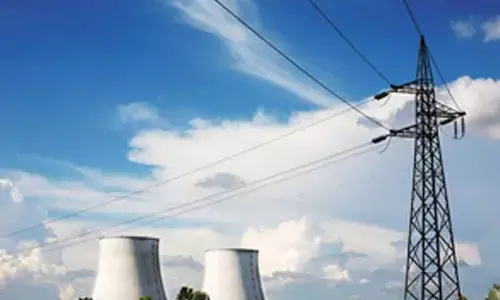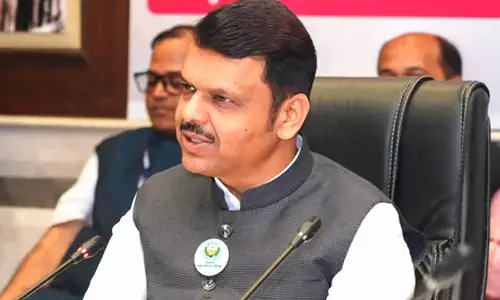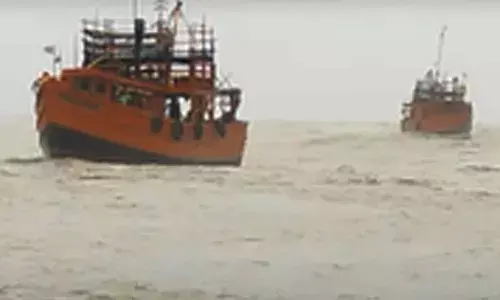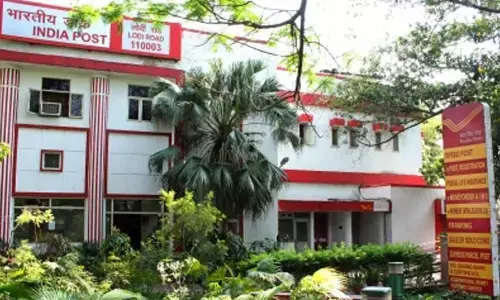Covid 2.0 brings rural healthcare focus to fore

Covid 2.0 brings rural healthcare focus to fore
Rural healthcare upgrade essential to protect lives, livelihoods as Covid spreading to villages
THE second Covid wave is causing havoc throughout the country but there is one critical difference in its rapid spread this time. And this is that it is now infiltrating rural areas. The first wave had confined itself largely to bigger cities or the second tier towns.
One of the marked characteristics of the spread last year had been the relatively low level of infections in rural areas. This ensured agriculture remained virtually unaffected and it was thus the only segment of the economy that recorded positive growth even in the lockdown period of March and April 2020.
Things have now changed. The virus has crept into the rural hinterland with a vengeance. It was first seen in a big way in Maharashtra where the new double mutant virus – B.1.617 strain –was discovered through genome sequencing.
It is believed to have originated in either Amaravati, Akola or Thane. The reasons could have been either the holding of many weddings, panchayat polls or simply failure to follow Covid appropriate behavior during February and March. Rajasthan is also reporting as many as 40 per cent of new cases from rural areas.
The reasons here are given as increased tourist footfalls during the first few months of the year as well as return of migrant workers from industrialised regions of Maharashtra and Gujarat. The sudden increase in numbers has overwhelmed the State's health infrastructure.
Similar reports are coming from Uttar Pradesh and Madhya Pradesh, though Chhattisgarh claims the virus is still largely in urban areas. The big culprit in UP is said to be panchayat elections which have become a super spreader event with hundreds of teachers reported to have come down with the infection.
Madhya Pradesh, on the other hand, has suffered due to its proximity to Maharashtra and the return of migrant workers from the State around Holi. One of the most economically backward States, Bihar is also in the midst of a crisis with rising cases and minimal health facilities in rural areas while courts are urging the State government to declare a lockdown.
Though it can be argued that the health infrastructure was not meant to meet the burden of a pandemic, the fact is it was not good enough even for normal requirements in rural areas. And now it is completely overwhelmed by the sheer numbers of those falling sick in the current Covid crisis. State after State is reporting news of a rising death graph.
It has to be recalled in this context that even urban areas like Delhi, Mumbai and Bengaluru have been overwhelmed by the steep rise of infections in the second wave.
It apparently caught experts by surprise too as top doctors andepidemiologists expressed confidence during media interviews and discussions that a second wave was unlikely in this country.
Along with this complacency, the complete elimination of Covid appropriate behavior throughout the country coupled with wrong political signalling in the form of election rallies and the Kumbh mela ended up in the creation of a perfect storm, as it were, in the form of a ferocious second wave.
Headlines are thus now being captured by the plight of those in cities like Delhi, but sadly lakhs of people in rural areas have been equally impacted by thisphenomenon. What is worse is the rural population does not have access to the kind of health infrastructure that is available in urban areas.
The reason for this inadequacy is decades of neglect of the healthcare sector. The total allocation for health has been in the range of one to two per cent of GDP as against other countries which have spent much larger proportion of funds for building up this sector.
Healthcare experts and activists have been urging successive governments for years to raise the percentage of funds for this sector but to little avail. European countries spend 8.8 percent of GDP on health while the US spends as much as 16 per cent.
China spends around 5 per cent. The level of investment in this country has been abysmal and the glaring gaps in rural areas are now showing up.
The data on healthcare in rural areas is alarming. There are only 3.2 government hospital beds for 10,000 people in rural India. Several States have an even lower proportion of beds including UP, Rajasthan, Maharashtra, Jharkhand and Bihar.
There is a shortage of specialists in the community health centres in rural areas, which is estimated to be as high as 81per cent.The healthcare system is a three tier one in such areas comprising sub centres, primary health centres and community health centres.
Media reports so far are indicating that these are all unable to deal with the sudden influx of infections while the testing facilities are completely inadequate to meet the requirements of a pandemic.
The question is, how can the State governments meet the immediate challenge of the crisis. First, the system of healthcare providers needs to be strengthened right away.
These include the para-medical staff who are given a pittance but have huge responsibilities of going from village to village and providing information about basic health and hygiene practices.
In the enhanced outlay for health made in this year's central government budget, nothing was mentioned about the need to upgrade wages and working conditions of these rural health workers who have been the mainstay of the government health system for decades.
The second is to divert more funds for basic needs like beds, medicines and oxygen to rural areas instead of keeping the focus on high profile urban centres. And the third is to resort to mini-containment zones like in the cities rather than shutting down all economic activities in rural areas.
These are all suggestions that need to be implemented in the short run as the second Covid wave is now moving towards a peak, according to epidemiologists. It is time for action to protect the health of the people so that their livelihoods and the economy can be protected in the months going forward.









